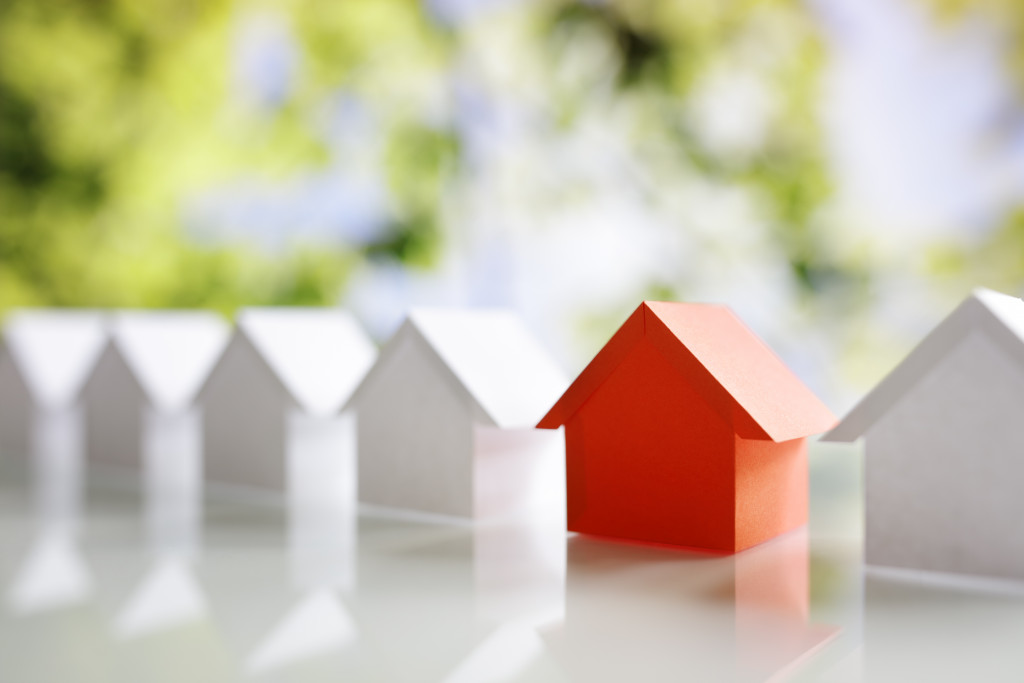For the average person, housing is the biggest single expense in the budget. This is true whether you’re paying for rent or a mortgage. Most Americans allocate over a third of their income to pay for the place where they live each month.
When you think about it, though, we only need homes to satisfy the basic human requirement for shelter. Of course, nobody should go back to living in a cave, but you can get by with essentially four walls and a roof.
And yet we always look for ways to elevate our homes. You’re hardly alone in spending hours creating Pinterest boards for all your envisioned home improvements or DIY project guides. At the end of the day, you want to come home to a place where you enjoy living. Here’s how you can approach home improvements from the perspective of better well-being.
The elements of well-being
Around the world, people from different cultures might have varying preferences and priorities when it comes to leading a good life. In order to account for those differences, Gallup conducted a global study of over 150 countries, asking questions to assess which common factors we all hold in esteem.
The results reflect a distinct preference for five universal categories. We can associate these factors with better living regardless of culture or background. Those elements of well-being are career, social, financial, physical, and community.
What’s even more surprising in this study was that the researchers found only 7% of people surveyed were actually doing well in all five elements. This means that over 9 in 10 people around the world are truly making the most out of life.
Evidently, there are many ways in which you can address deficiencies across these aspects of well-being. But we all spend a large chunk of each day at home. At a minimum, you get six to eight hours of sleep each day; even if you do nothing else at home, that will span one-fourth to one-third of your entire life. If your home can be used to bring about improvements in well-being, small changes can have a big impact over time.
Making direct improvements
Physical well-being is perhaps the most obvious way in which a better home helps to improve your life. In fact, if you do nothing else, you could just focus on this area and thrive to the same extent as 66% of the population.
Our home environment is a place of refuge. It has to bring us comfort and a sense of safety. Upgrading your amenities in these areas will make it more conducive to rest and relaxation. You don’t even have to splash the cash just yet; you can get started by clearing out the clutter or taking care of regular maintenance activities.
Speaking of amenities, you can undertake more extensive renovations or additions to greatly expand your home’s capabilities. Adding a sports court in your backyard will take care of your need for physical activity as well as leisure. But it also serves as a venue for spending time with your friends and family. Not everyone feels comfortable socializing these days, but put a ball in their hands and start playing, and you can all have fun times.
Encouraging habits and routines

As a place of comfort and gathering, the home is naturally suited towards improving your well-being in those areas. You can accomplish a lot along those lines without even setting it as your main goal.
But how can our homes play a part in bolstering the other elements of well-being? Can you really meet career or financial goals, or gain a better sense of community, through home upgrades?
The increasing trend of remote work has effectively blended the home and office spaces together. If you work from home, it’s easy to see how a few choice upgrades will help you in your career. A dedicated office space with ergonomic furniture and task lighting can boost concentration and productivity.
But you don’t always have to take a direct approach. Spending more money on home improvements is hardly a recipe for better finances. And you might not enjoy going so far as to invite the neighborhood into your yard for a party every other weekend.
Instead, take your habits and routines for improvement in those areas, and weave them into the home environment. Habit formation starts with cues; place those triggers strategically around the house.
It could be a simple reminder to set aside a certain amount of money or spare some time to help others each day. But it’s more effective than putting it on your phone where you can snooze it. At home, you see those cues for hours. It’s a really easy way to leverage the power of your home towards an even better quality of living.

